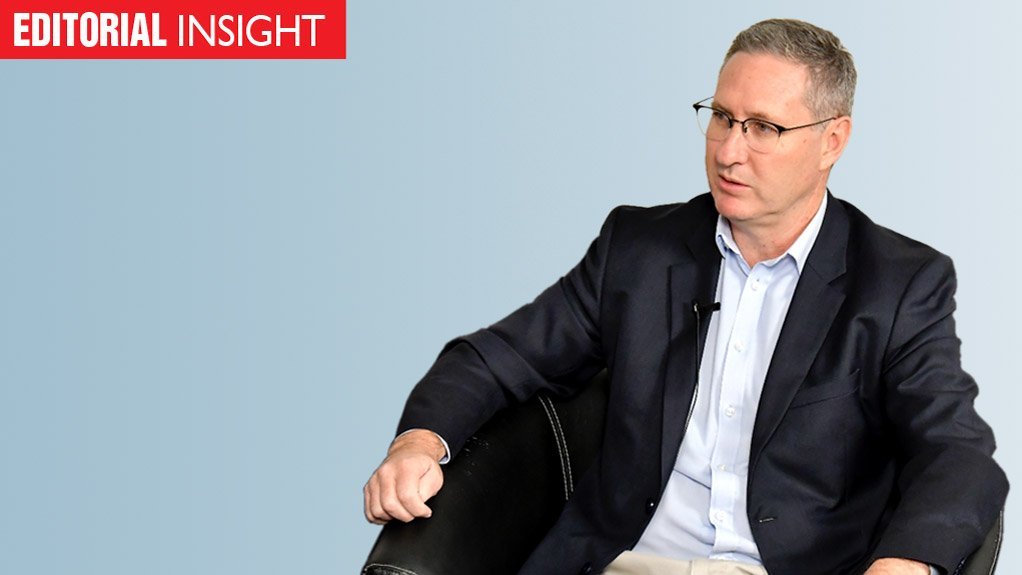While South Africa is distracting itself with a post-2030 nuclear mirage, much of the rest of the world is preparing to ride a very real energy wave that will help them recover immediately from the Covid-19 crisis and create the energy platforms needed for long-term growth and development.
As a newly released International Energy Agency (IEA) report shows, renewable energy is by far and away the new energy driver, even in territories with far less potent solar and wind resources than those with which South Africa is blessed.
The IEA, which has historically been overly pessimistic when forecasting renewables deployments, reports that almost 200 GW of renewables will be installed globally this year, making 2020 a record year for installations. This, despite the demand shock that accompanied the Covid-19 crisis – a shock that rattled fossil-fuel markets, in particular.
Renewables, led by solar and wind, are set to account for 95% of the net increase in global power capacity through to 2025, by which date renewables would have also surpassed coal as the world’s largest source of electricity generation, ending the energy mineral’s five decades of dominance.
Crucially for South Africa’s recovery, which takes place in a context of deep fiscal distress, investor appetite for renewables has proved as immune to Covid-19 as the technologies themselves. The IEA notes that publicly traded wind and solar companies have continued to attract investment and have outperformed the overall energy sector, while there were a record number of auctions in the first half of 2020, which drew in additional renewables commitments.
In a new report of its own, the International Renewable Energy Agency highlights that yearly investments in renewables is now consistently above $300-billion a year, with more capacity being secured today for each dollar invested, owing to the dramatic decline in costs. It is equally important for debt-laden South Africa to note that the private sector is the main provider of that capital, currently accounting for 86% of investments in the sector.
Fiddling, as South Africa is, with solutions that have no immediate role to play in either addressing the country’s decade-long power crisis, or in supporting the Covid-19 economic recovery effort is arguably more than distracting – it’s bordering on reckless.
Serious-minded policymakers should surely be working from the premise that South Africa’s power crisis, which remains the economy’s biggest risk, can only be solved through credible solutions, backed by clear and consistent policy.
Despite being in need of some updating, the Integrated Resource Plan 2019 offers a credible framework to work from. The plan, which has no new nuclear allocation, is weighted towards technologies that are technically proven, cost competitive, environmentally acceptable and, crucially, financeable.
On all three counts renewables are in the driving seat. Once our policymakers fully acknowledge this, they will also start to see the golden opportunity that renewables offers for stimulating the industrialisation-heavy economic recovery we all dream of.
EMAIL THIS ARTICLE SAVE THIS ARTICLE ARTICLE ENQUIRY FEEDBACK
To subscribe email subscriptions@creamermedia.co.za or click here
To advertise email advertising@creamermedia.co.za or click here











